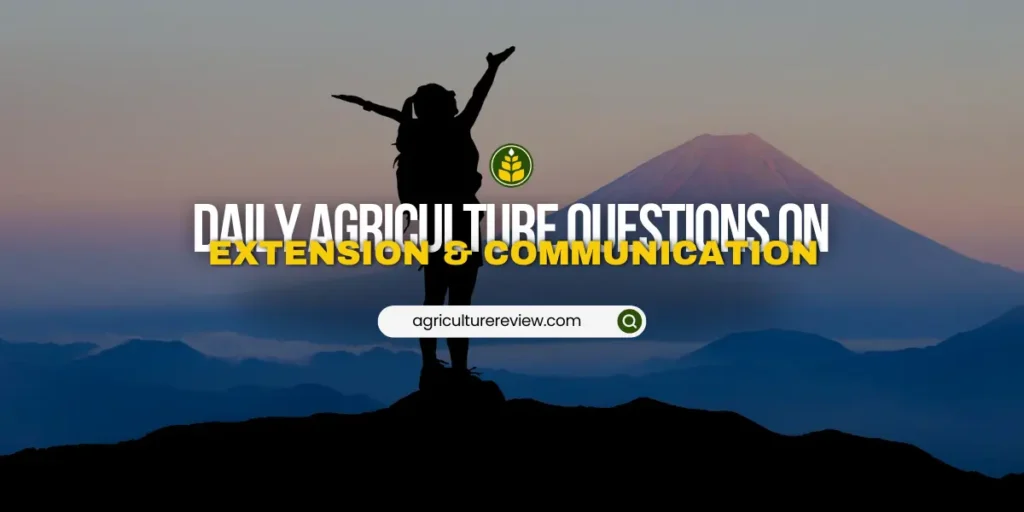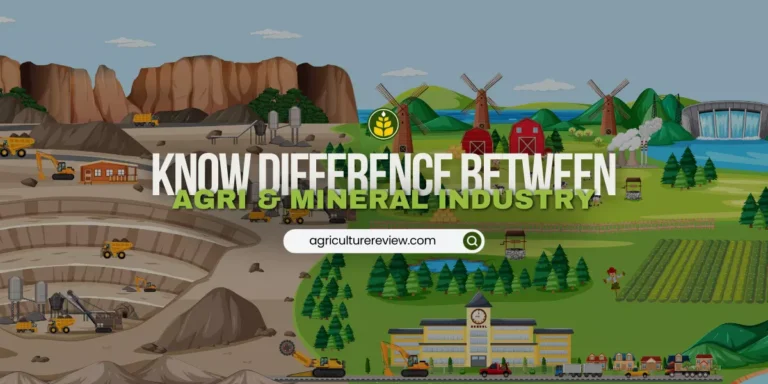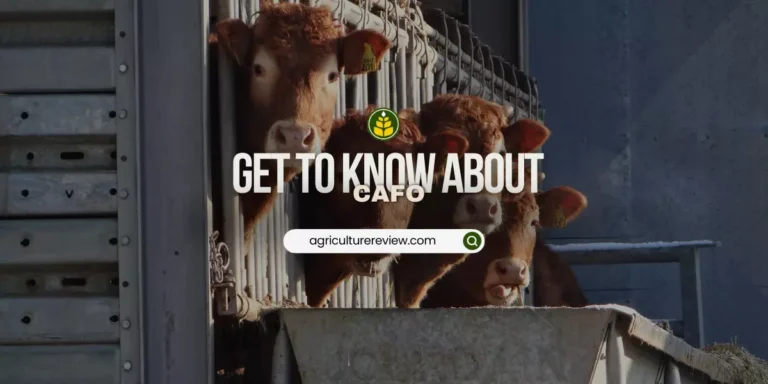1. Which of the following is a principle of agricultural extension?
2. What is the primary goal of agricultural extension education?
3. Which teaching method is most effective for adult learners in agricultural extension?
4. Which of the following best describes a communication strategy in agriculture?
5. What is the focus of rural sociology in the context of agricultural extension?
6. Which stage of program planning involves setting specific, measurable objectives?
7. What is the main advantage of the Farmer Field School (FFS) approach in agricultural extension?
8. Which theory emphasizes that adults are motivated to learn when they perceive the relevance of the content?
9. What is a key indicator in the evaluation of agricultural extension programs?
10. How can ICT be used to enhance agricultural extension services?
11. What is a benefit of participatory approaches in agricultural extension?
12. What does the Agricultural Knowledge and Innovation System (AKIS) encompass?
13. Which leadership style is most effective in agricultural extension?
14. How does gender-sensitive extension benefit agricultural communities?
15. Which policy supports agricultural extension in the Philippines?
16. What is the purpose of extension communication models?
17. Which method is commonly used for needs assessment in rural communities?
18. What is an example of an ICT tool used in agricultural extension?
19. Which of the following is a key component of a successful agricultural extension program?
20. How does adult education differ from traditional education in the context of agricultural extension?
21. What is the role of extension agents in community development?
22. Which extension approach involves direct farmer-to-farmer learning?
23. What is a critical factor for the success of an extension communication strategy?
24. Which of the following is an example of participatory monitoring and evaluation?
25. What is the focus of gender and development in agricultural extension?
26. What is the significance of Agricultural Knowledge and Innovation Systems (AKIS) in extension services?
27. Which teaching method is most suitable for complex agricultural practices?
28. What is the role of policy frameworks in agricultural extension?
29. What is a characteristic of effective extension communication models?
30. How does leadership influence agricultural extension programs?
31. What is an essential element of participatory approaches in extension?
32. How can agricultural extension systems be improved?
33. What is the focus of adult learning theories in agricultural extension?
34. What is the advantage of using ICT in agricultural extension?
35. Which is a key challenge in program planning for agricultural extension?
36. What does “extension program monitoring” entail?
37. What is a characteristic of effective agricultural communication?
38. What is an important consideration in rural sociology for agricultural extension?
39. What is the goal of agricultural extension systems?
40. Which of the following is a participatory approach in agricultural extension?
41. How does agricultural extension contribute to rural development?
42. What is a key element of leadership in agricultural extension?
43. Which of the following is a component of effective program development in agricultural extension?
44. How can agricultural extension programs be made more inclusive?
45. What is the impact of gender and development considerations in extension?
46. What is a major challenge in evaluating agricultural extension programs?
47. How can extension education be made more effective?
48. What is the significance of teaching methods in agricultural extension?
49. How can extension programs be sustained over the long term?
50. What is the impact of Information and Communication Technology (ICT) on agricultural extension?







thank you so much for the mock exam..it really helps
Welcome Future Agriculturist!
Thank you 😊
Welcome Future Agriculturist!